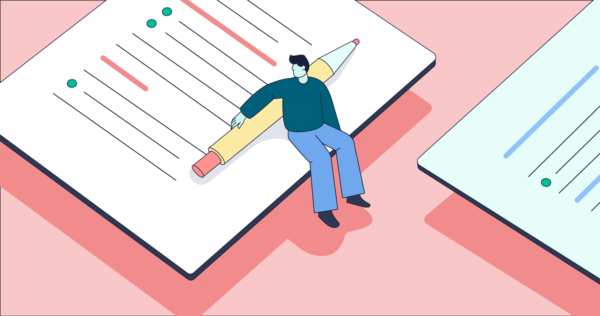
The past perfect continuous tense is a verb tense that expresses an ongoing action that was happening before another action in the past. It is a combination of the past perfect and the present continuous tenses, indicating a continuous or repetitive action that started in the past and continued up to a certain point in the past. This tense is formed by using the past perfect of the auxiliary verb “to have” (had) combined with the present participle (the -ing form) of the main verb.
The structure of the past perfect continuous tense is as follows: subject + had + been + present participle (verb + -ing) + object
Let’s break down the components of this tense with an example:
Example:
She had been studying English for five years before she moved to the United States.
In this sentence:
- Subject: She
- Auxiliary Verb (Past Perfect): had
- Auxiliary Verb (Present Participle): been
- Main Verb (Present Participle): studying
- Object: English for five years
- Temporal Phrase: before she moved to the United States
This sentence conveys that the action of studying English started in the past and continued up to a specific point before she moved to the United States.
The past perfect continuous tense is particularly useful when describing the duration of an activity or the background for another event that happened in the past. It emphasizes the continuity and duration of the action, providing a more detailed perspective on the past.
Usage and Examples:
- Duration of an Action:
- She had been working on the project for several months before the deadline arrived.
In this example, the past perfect continuous tense is used to indicate the duration of the action (working on the project) up to a specific point in the past (before the deadline arrived).
- Parallel Actions:
- They had been traveling around Europe while I was completing my degree.
Here, the past perfect continuous tense is employed to highlight the ongoing action of traveling around Europe in parallel with the completion of the speaker’s degree.
- Cause and Effect:
- He had been feeling unwell for days, so he decided to see a doctor.
The past perfect continuous tense is used to express the cause (feeling unwell) leading to the effect (deciding to see a doctor) in the past.
- Interrupted Action:
- I had been reading a book when the phone rang.
This example illustrates an action in progress (reading a book) that was interrupted by another event (the phone ringing).
It’s important to note that the past perfect continuous tense is not always necessary. In many cases, the past perfect or past continuous tenses alone may be sufficient to convey the intended meaning. However, when emphasizing the continuous and prolonged nature of an action leading up to a specific point in the past, the past perfect continuous tense becomes a valuable tool.
In Summary
the past perfect continuous tense is a grammatical structure that allows us to describe actions that were ongoing in the past and continued up to a certain point before another event. By combining elements of the past perfect and present continuous tenses, it provides a nuanced understanding of the temporal relationships between actions in the past, adding depth and clarity to our communication.